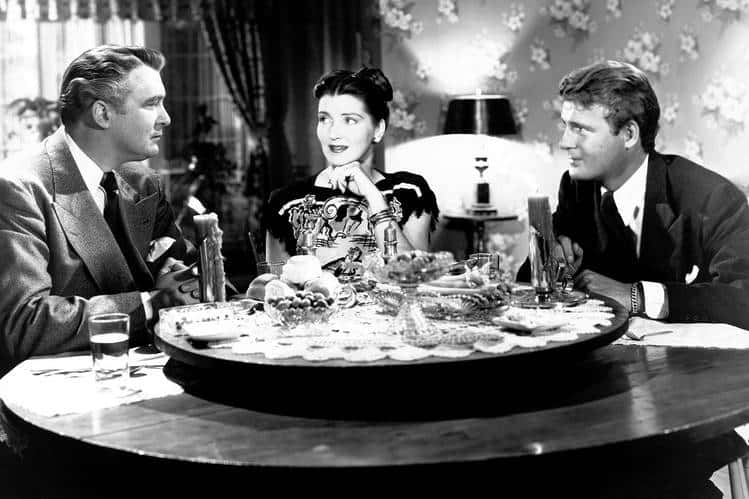Lazy Susan – Who was that woman, and was she really lazy? For those kitchen aficionados searching for some mystery to solve, this is a very intriguing one. Lazy Susans have been a part of kitchens for centuries. Their popularity just doesn’t seem to abate and manufacturers are finding new and interesting ways to incorporate them into standard kitchens.
As much as they are popular, there is also not much information about them. The design’s origins remain very elusive, and as far as imagination goes, this term could have been coined for a lady who invented turntables to take over much of her work and got an unsavoury adjective added to her name while at it.
While many people commonly think that this kitschy design traces its history to just a couple of decades ago, in reality, it has a very distinguished and chequered past that stretches long before that. Historians have even been able to trace it to 18th century England where the term, ‘ Dumbwaiter’ was most probably used. Lazy Susans may have been popular when the era of having many servants for household needs gradually began to decline. With maids and footmen no longer available to do ordinary chores such as transferring wine goblets and serving small bites, it became necessary for people not to be inconvenienced with the lack of household help, the chores of whom Lazy Susans took over.
Plenty of instances corroborate this fact, prime among them being the sale of a mahogany Lazy Susan that sold for $3,900 in 2010 which was traced to the 18th century. Sarah Coffin, head of product design at the Cooper-Hewitt National Design Museum believed that they were a 20th-century invention, but also found many of these which dated back to 1730’s England. She came across many such pedestal tables that were fitted with rotating tops as well as silver plates embedded into table surfaces in the course of her work at the museum. She also believed that lazy susans were replacements for house help.
An interesting anecdote in the history of lazy susan is that of Henry Ford, founder of automobile company ‘Ford Cars’. With a retinue of servants always following him around, he found it rather inconvenient to take them along to the forests while camping with friends. His clever replacement for them was a large round 9-foot table fitted with a large turntable on the top, so guests could serve themselves. There are even photographs of him in the 1920s to corroborate this fact.
Today, this design is a handy and convenient part of modern modular kitchens. Although its main use is as a cake turntable in cake decoration, smaller ones are used as spice racks, and semi-circular turntables also called moving corners, are used in L shaped and U shaped kitchen corner cabinets, to aid in the convenient and ergonomic storage of food and kitchen appliances.







